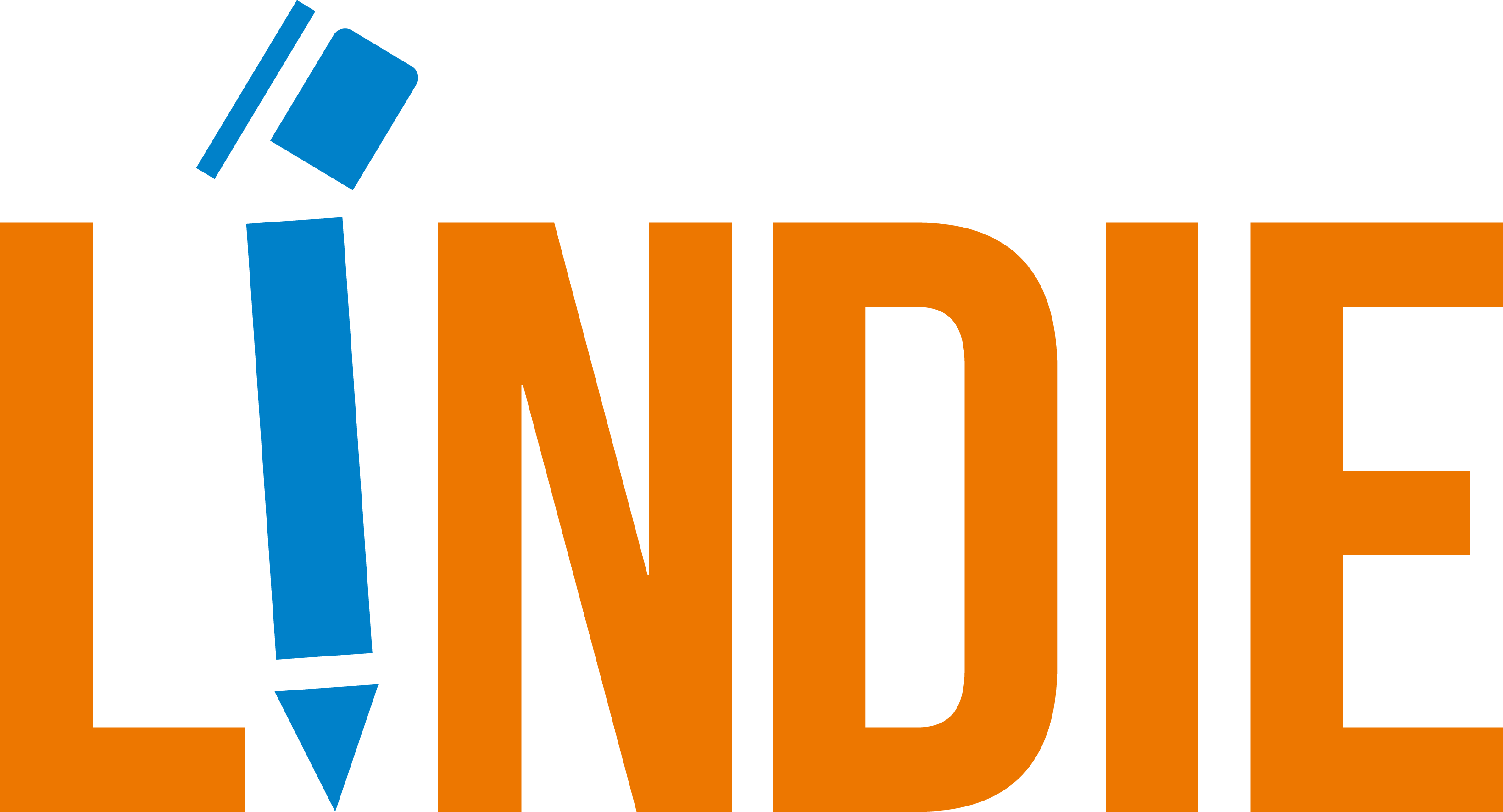
Self-publishing is more accessible than ever, but that doesn’t mean every platform is right for every author. If you’re planning to self-publish your book, one of the first big decisions you’ll have to make is where should I publish?
Each platform comes with its own features, royalty structures and distribution networks. To help get you started, we have broken down the most popular self-publishing platforms so you can find the best fit for your goals.
1. Amazon Kindle Direct Publishing (KDP)
Arguably the biggest name in the game, KDP dominates the self-publishing market, and for good reason.
Best for: ebooks and paperbacks with a wide reach
Pros:
Considerations:
KDP is ideal if your strategy is to reach as many readers as possible through a single, powerful platform. But for broader distribution, it is often advisable to combine it with others.
2. IngramSpark
A top choice for indie authors who want bookstore and library distribution.
Best for: Professional looking print books and international reach
Pros:
Considerations:
IngramSpark is best for authors who want their books to be available offline, in bookshops and libraries, not just online retailers.
If you look at IngramSpark’s Google reviews, you may be deterred from using them. But I have used IngramSpark for years, and I’d highly recommend it.
I think the negative reviews come from the fact that it’s a professional publishing platform that uses industry terms, and, as I detailed above, it has a much steeper learning curve. It’s easy to get things wrong, and I’ve been there. But the overall quality is better, and there is far more scope to sell your books if you use IngramSpark alongside Amazon, than just using Amazon KDP alone.
That’s what Lindie is here for! We explain far more about IngramSpark in the Self-Publishing Guide, to help you navigate through those potential pitfalls.
3. Draft2Digital
Known for its intuitive interface and efficient wide ebook distribution.
Best for: Simplifying wide ebook publishing
Pros:
Considerations:
Draft2Digital is a smart choice for authors who want to be available beyond Amazon without the headache of managing multiple accounts.
4. Kobo Writing Life
Kobo’s self-publishing platform is especially popular in Canada and parts of Europe.
Best for: International ebook sales
Pros:
Considerations:
Kobo is ideal for authors with international ambitions who don’t want to rely solely on Amazon’s ecosystem.
Which Platform Is Right for You?
There is no one size fits all answer. In fact, many successful self-published authors use a combination of platforms: Amazon KDP for Amazon sales, IngramSpark for print distribution, and Draft2Digital for wide ebook reach.
Lindie’s Pro Tip
If you’re serious about book sales, then consider your long term strategy. If you want broad reach, then go wide. Or if you just want to focus on Amazon’s powerhouse audience, then stick with KDP but take advantage of all the promotional elements.
For more information about getting started with self-publishing, take a look at our Self-Publishing Guide.

©2025 By Lindie, a brand owned by Lindsay Woodward Marketing. VAT Reg No 404980006